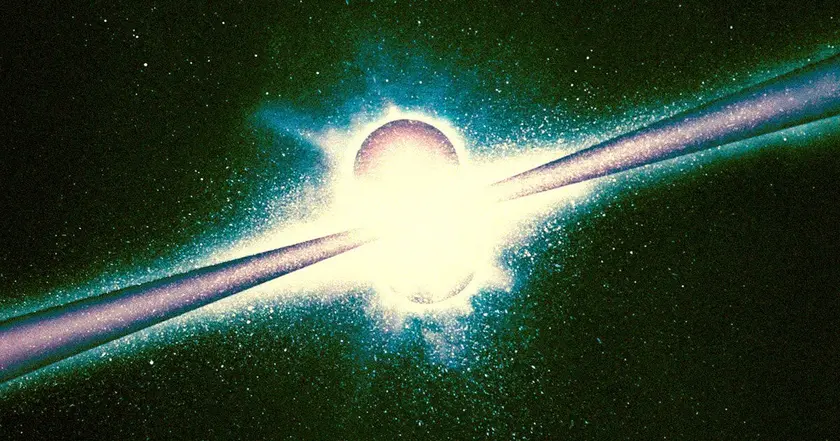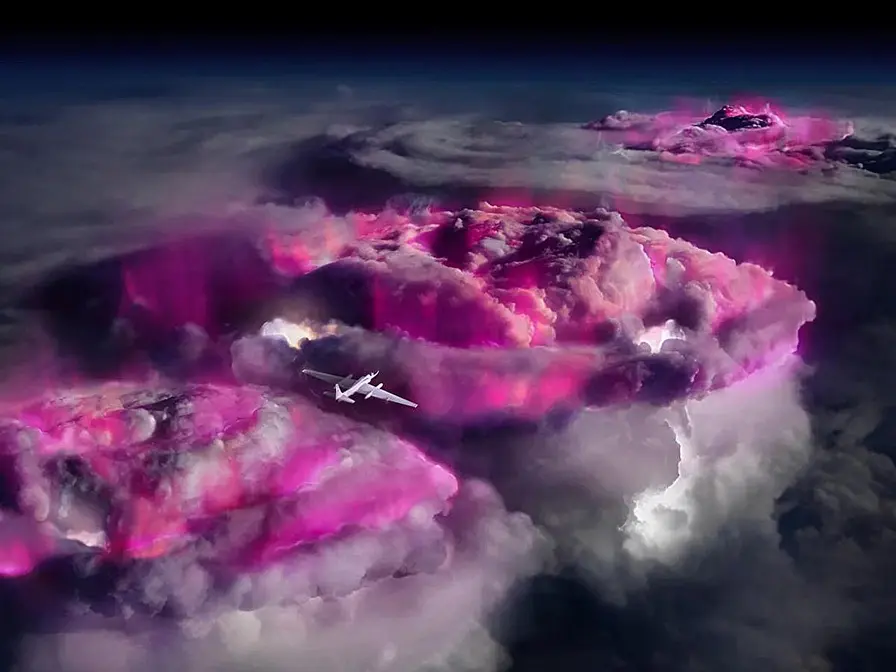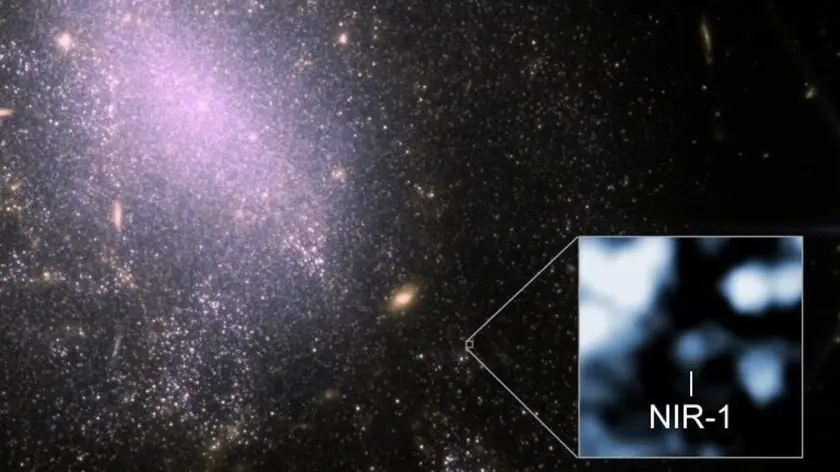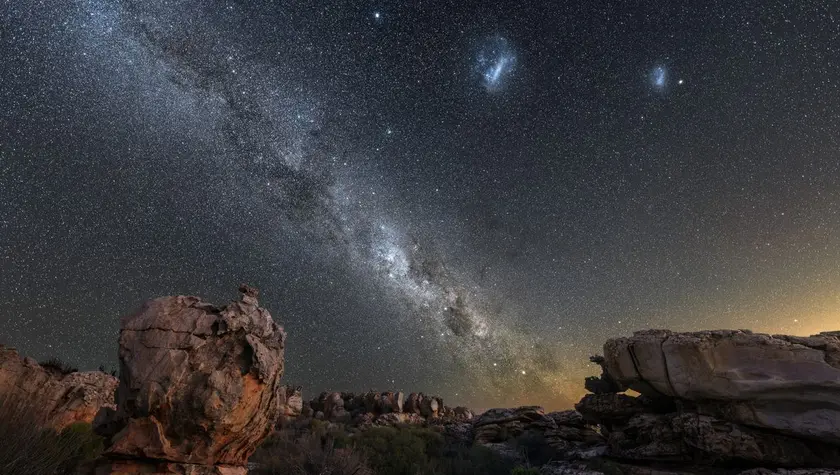T4K3.news
Unprecedented Repeating Gamma Ray Burst Defies Explanation
Astronomers report a repeating gamma ray burst outside the Milky Way that challenges current models.

Astronomers report a repeating gamma ray burst outside the Milky Way that challenges current models.
Unprecedented Repeating Gamma Ray Burst Defies Explanation
Researchers say the gamma ray burst designated GRB 250702B was detected on July 2 by NASA's Fermi Gamma-ray Space Telescope, with three distinct bursts recorded. An X-ray view from the Einstein Probe later confirmed that the activity began earlier and lasted far longer than typical GRBs. A wide-field infrared observation with the HAWK-I instrument on the Very Large Telescope in Chile placed the explosion outside the Milky Way, implying an enormous energy release across cosmic distances. The combination of length, recurrence, and extragalactic origin sets GRB 250702B apart from anything seen in decades of high-energy astronomy.
Scientists have proposed several possibilities, but none fit perfectly. A massive star collapse that somehow re‑ignites its engine could explain the longer duration, but this would contradict standard GRB behavior. A tidal disruption event where an intermediate‑mass black hole tears apart a star remains plausible yet requires unusual conditions. Either scenario would mark a first in observational astronomy and point to a possible new class of high-energy bursts. The team stresses that more data from future missions and follow-up observations are essential to confirm what produced the signal.
Key Takeaways
"This event is unlike any other seen in 50 years of GRB observations"
Antonio Martin-Carrillo on the anomaly
"GRBs are catastrophic events, so they go off just once"
Statement on standard GRB behavior
"If this is a massive star, it is a collapse unlike anything we have witnessed before"
Andrew Levan on unusual collapse
"We are still not sure what produced this or if we can ever really find out"
Research team cautious note
This discovery shows how scientific understanding advances through rare, stubborn outliers. It tests the boundaries of current GRB models and highlights the value of cross‑instrument collaboration that can stitch together a longer timeline of events. The extragalactic origin also raises questions about energy scales and the diversity of cosmic explosions.
Even with multiple theories on the table, the risk lies in rushing to fit the data into familiar categories. If the signal truly comes from an intermediate‑mass black hole or a new kind of stellar collapse, it could reshape how researchers search for and classify high‑energy transients. The right follow‑up observations could turn a puzzling anomaly into a turning point for astrophysics.
Highlights
- A signal that rewrites what we think a gamma ray burst can do
- The universe keeps surprising our theories
- This stays a mystery that demands more data
- The search for the source of this burst starts now
The next observations will tell us where this fits in the bigger map of cosmic explosions.
Enjoyed this? Let your friends know!
Related News

Unprecedented Repeating Gamma Ray Burst Detected Beyond the Milky Way

Unusual gamma ray event detected beyond Milky Way

New study reveals how lightning forms in thunderclouds

Stripped to the bone supernova rewrites stellar death

Scientists uncover the process behind lightning formation

Record-breaking FRB precisely localized

Precise FRB origin traced

Astronomers reveal how far you can see with the naked eye
